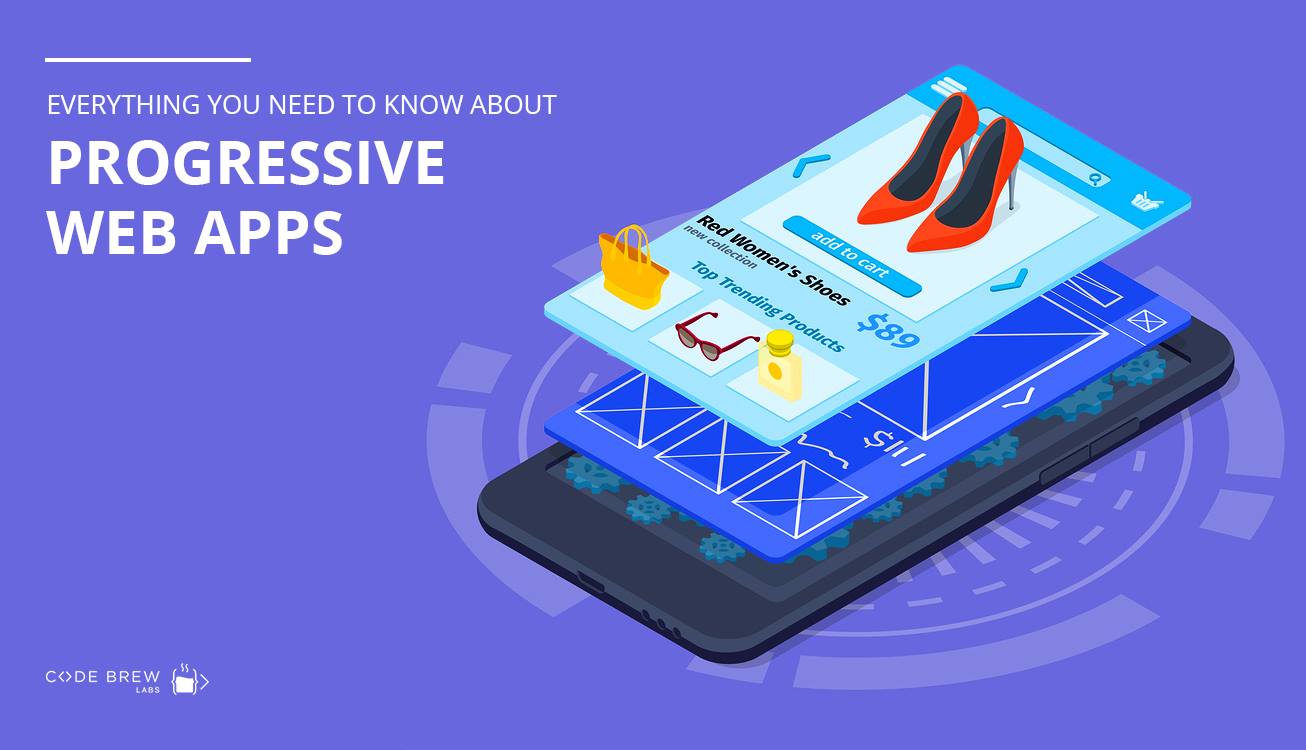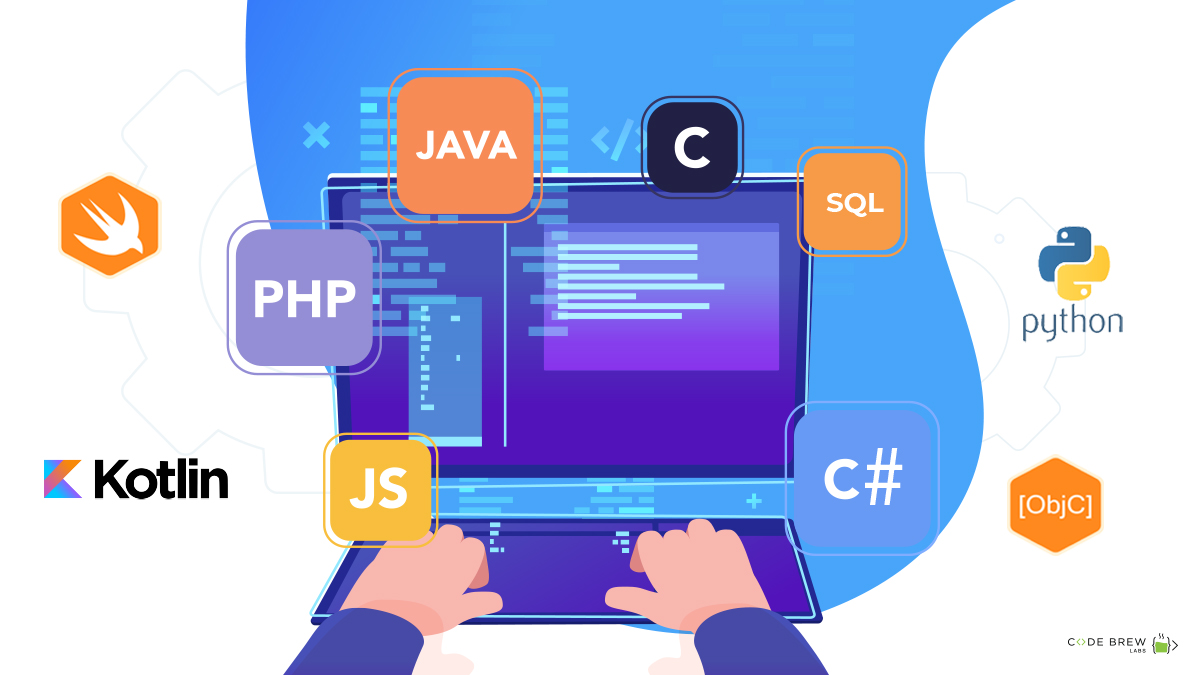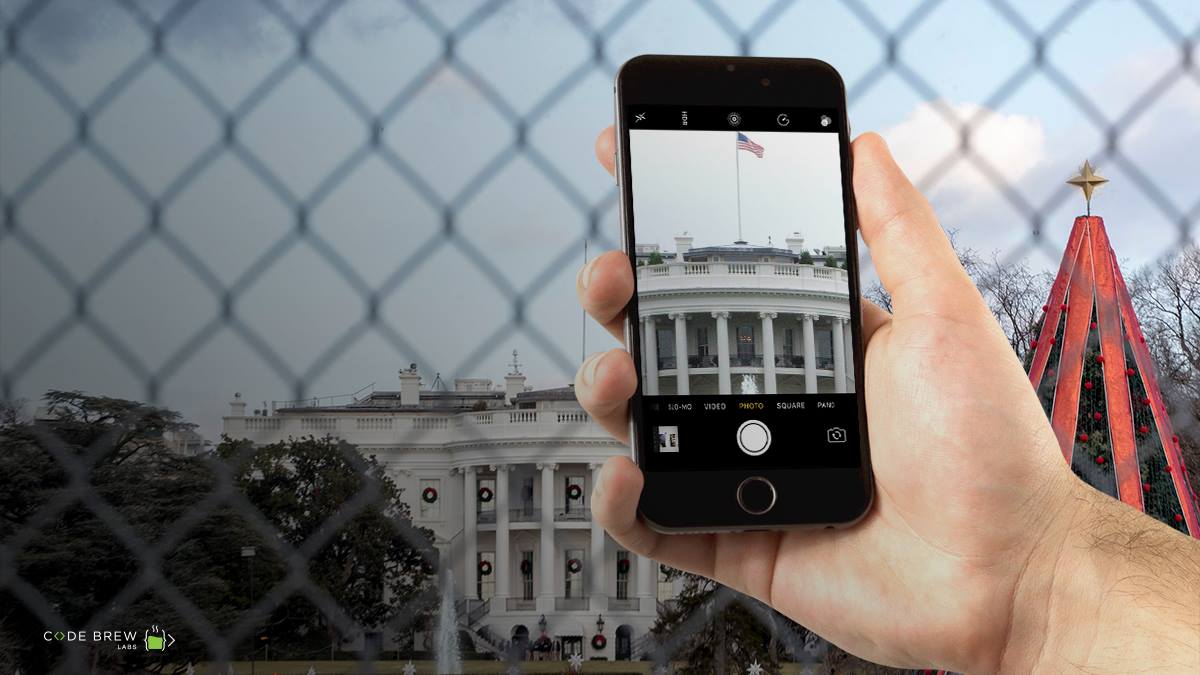Blockchain technology was first introduced to the world through a paper titled Bitcoin: A Peer to Peer Electronic Cash System by Satoshi Nakamoto in 2008. Since then, many variants of blockchain inspired solutions have been developed. However, not all of them are inherently blockchain but more of a product of distributed ledger system. Blockchain is capable of decentralising pretty much every centralised application or system. Think of currency exchange, banking, voting, they can all be decentralised. This will put an end to intermediaries, data theft and bring more transparency. All in all, blockchain has a lot going for it, which obviously makes it a very promising technology to look forward to.
If you’re someone who’s curious about blockchain and would like to build your own application, then this guide is for you. Without further ado, let’s get down to it straightaway.
1. Identify The Use-Case
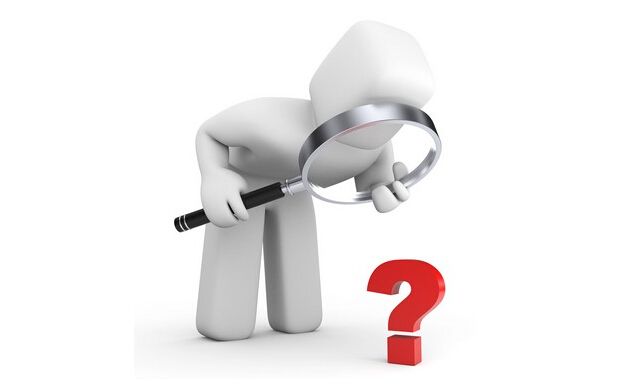
A blockchain app developments gets underway in no different fashion to any other app development. You start off by defining the problem and then prepare a strategy as to how the app will solve that problem. Blockchain has become hugely popular in recent times and we’re seeing a bit of herd-mentality in its adoption. Yes, it’s a great technology but that doesn’t mean it needs to be implemented where it’s not called for.
So you need to find out if investment in blockchain will be profitable to your business. Consider various factors such as the cost-benefits, internal capabilities to decide whether or not going down blockchain road makes any business sense. If you’re getting a Yes, move on to the next step.
2. Select The App’s Consensus Mechanism
Blockchain is a decentralised system, which means that all the members within the network have to authenticate a transaction for it to be validated. The process is commonly known as consensus, since it works by everyone’s agreement. Now there are a lots of various consensus mechanism – the most popular one being proof of work, used in Bitcoin.
Here are some of the other popular consensus mechanisms – Proof of Elapsed Time, Federated, Delegated Proof of Stake, Round Robin, Byzantine fault tolerant. Based on your individual use-case, you need to decide which consensus mechanism will the best fit for your application.
3. Ascertain The Most Suitable Platform

Blockchain development has been simplified, thanks to its immense popularity. There are now dedicated blockchain platforms that can be used to build decentralised apps without creating a new blockchain from the start. Majority of these platforms happen to be open-source so your selection really comes down to the consensus method and the problem you’re looking to solve.
Following are some of the most popular platforms – Ethereum, Hyperledger Fabric, Quorum, BigChainDB etc. At the time of selecting the platform, it’s very important to get a good understanding of the pros and cons of each platform and weigh that up with the talent at your disposal. In case of enterprise level blockchain apps, the platform’s security and stability becomes hugely significant.
4. Design The Architecture
Blockchain solutions can be placed on the cloud, in-house or in a hybrid model. Also, there are quite a few options for hardware and software configuration viz. processors, OS, memory and disk capacity etc. It may not look as the most urgent piece of work, but knowing your architecture meets the highest possible requirements of the app is quite crucial. Cloud, in most instances, makes an ideal choice, given its support for Agile working.
Moving on, you’ll have to choose between a variety of Blockchain solutions on offer:
Permissioned – Government run land registry or voting systems.
Permissionless – Bitcoin, where anyone can become a miner.
Private – contract management systems in hospitals and Pharma companies.
Public – Asset-backed cryptocurrency such as Ethereal.
Hybrid – A group of banks working on a shared KYC platform.
5. Application Configuration

Configuring a blockchain application is a meticulous affair, so you need to proceed with utmost care. Configuration is done for the following elements: Permissions, asset issuance, asset re-issuance, atomic exchanges, multi signatures, native assets, address formats etc.
Some parameters of the platform are changeable while some are not.
6. Building APIs
Although, some of pre-built APIs could be used for the development purpose, you will need to built most of them for your particular use-cases. Following are some of the purposes that would necessitate building an API:
- Generating key pairs and addresses
- Performing audit-related functions.
- Data authentication using digital signs and hashes
- Data storage and retrieval
- Smart contracts
- Smart-asset lifecycle management.
7. Admin & UI Designing
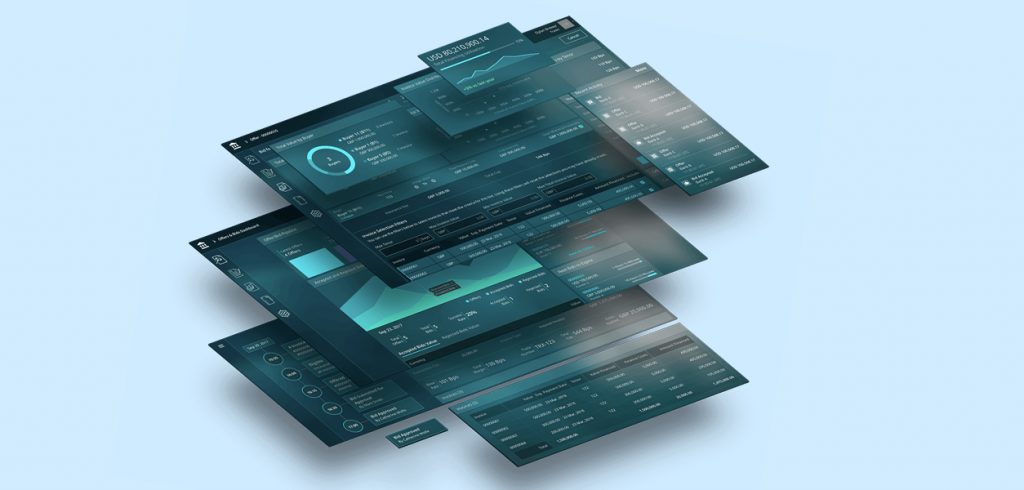
Once you have answers to all the backend related questions, it’s time to move on to create the UI and admin console of the application. You’ll have to decide what front-end programming language(HTML5, CSS, PHP, C#, Java, Python, Golan, Ruby, Angular JS N), servers(including Web servers, mail servers, FTP servers) and external database(eg. MySQL, MongoDB) would be the ideal choice for your type of app.
8. Identifying Problem Areas & Scaling
Given the blockchain application is still in its nascent stages, it makes sense going forward with the MVP model for scaling the app. MVP can be built with the least amount of time and resources. This allow you to prove the hypothesis of the app with a workable solution, absent any bells and whistles of a complete application.
The focus at this stage is in identifying the performances issues, memory glitches, latency, crashes etc. As and when a bug is encountered, remedial measures should be employed to fix it. This way, you’ll save ample amount of resources that may otherwise be wasted on scaling a problematic solution.
Final Thoughts
So those were the steps that one has to undergo in order to build a hi-end blockchain application. It goes without saying that the actual implementation is much more complicated than what it sounds in theory. Blockchain is an amazingly powerful technology and it’s true worth is realised when it’s applied in tandem with other technologies such as IoT, Big Data, AI and mobile apps. Tech pundits across the word are very optimistic about the future of blockchain. If you’re someone who’s just as excited about Blockchain as we are, let us know your thoughts about where you see this technology moving forward in the comments section below.



